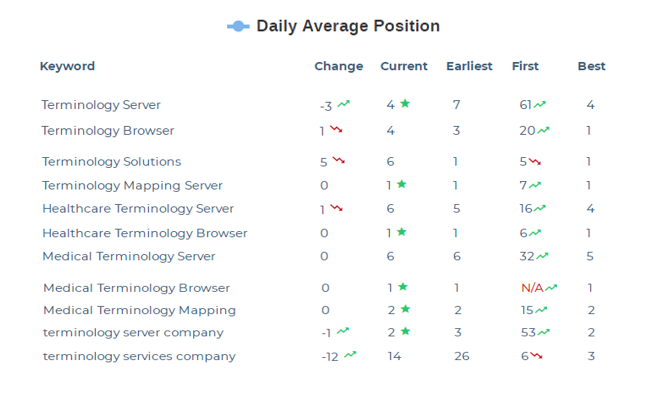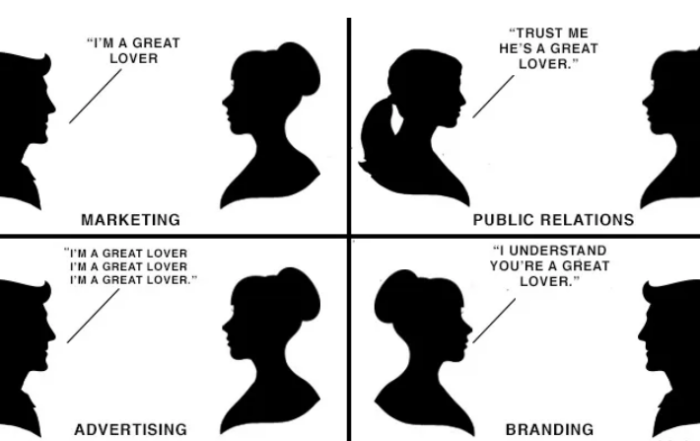
Tourism Australia Launch Event | NYC | 2016 – Advances in technology have made it easier than ever to create video content, like we did here with celebrity chef Curtis Stone.
Video technology and its uses have certainly come a long way since the early days of your grandfather’s 8-millimeter camera and the 20-pound camcorder your father used to videotape your birthday party. Today most smartphones come with a built-in video camera that is far more sophisticated than anything that was available on the retail level 10 or even 15 years ago.
Of course, this rapid innovation hasn’t just been isolated to the world of consumer-level video recording. The professional world has also experienced a vigorous wave of innovation in not just video technology, but in all the ways and places it can be used.
Understanding where we’re headed in the world of video and how it’s used, helps to understand where we’ve been.
Video The Early Days 19th Century to Mid-20th Century
The early days of video technology were black and white. Outside of their historical value, they are mostly considered boring by today’s standards. In those days life was lived, rather than watched, and outside of movies and bare-knuckle boxing spectacles, people didn’t put a lot of value into film-based video technology.
From the 1960s to the Late 1990s
In the 1960s televisions were spreading across North America faster than a swarm of locusts and the best TVs and movie theaters treated people to the wonders of color video images. This is where video and its technology really started to take off.
It was also an era when the average Joe could save up a reasonable amount of money to buy their own video camera or camcorder. Of course, this level of accessibility and the opportunity to make your own home videos also put the technology in the consumer’s hands.
People everywhere started coming up with their own ideas. Television shows expanded with the advent of cable TV. Movie theaters got Dolby surround sound and crisp image clarity. People started filming everything they could with a 20-pound camera pressed up against their necks.
In the world of marketing, video started taking off as being more than just a visual medium for television commercials. The internet was in its infancy, and video ads with engaging video content were about to find a new home.
2000 to 2005
The earliest part of the 21st Century was a time of rapid evolution in communication and video technology. It seemed like every day some new mega-pixel barrier was being eclipsed in the world of resolution like Chuck Yeager breaking the new sound barrier and Mach records in a jet airplane.
Cameras were getting smaller, digital cameras were also getting video capabilities and more people were curious to come up with their own videos. This was also a time in technological innovation where professional graphics and video editing software was coming down in price to levels that were finally, reasonably affordable to the common man.
Just like when camcorders became accessible, people with their own digital cameras, overloaded SD cards, and fancy video editing software started coming up with new ways to use them. Before long, small business owners and corporations alike were posting videos they made in-house while advertising agencies were finding new ways to bring video to the masses on the internet.
2005 to Today
Then on February 14th, 2005, a little company called YouTube was launched out of San Mateo, California. Suddenly people could post their own videos like “Me at the Zoo” for others to watch. In time people found ways to use YouTube to post up their informative videos and video business promotions.
In time, YouTube even made it possible for avid videographers to have their own “Channel.” People could like and subscribe to the content. Carefully placed banner ads and video ads would pop up. Channel producers would get a piece of the advertising profits, and make money off affiliate sales. Today there are people whose only source of income is derived from their YouTube Channel, related ad dollars, and affiliate marketing sales.
It was also around this time that smartphones started coming with high-resolution cameras. Each with its own video capabilities. Today the phone in your pocket is capable of capturing video at a higher resolution and frame rate than a professional TV camera could just 20 years ago!
So, it only made sense when YouTube started getting competitors. At the same time, people and businesses started finding innovative ways to create their own relatively high-quality videos to use on their own personal and business websites. Not to mention video blogs or Vlogs.
Video in Digital Marketing
In the professional realm, digital marketers have fully embraced video as a powerful storytelling vehicle. To the point, that video is now seen as one of the most powerful and effective mediums for content marketing. Just look at Tik-Tok and YouTube.
Today, video allows people and businesses to connect with viewers and potential new customers in a way that feels organic. Even though it’s usually targeted.
Video gives you and/or your business the opportunity to connect with your target audience in your own voice, with images that are perfectly aligned with your brand image and tone. It also lets viewers get a closer look at products and services that they can’t really get by zooming in on a screen.
Video is now being included in SEO strategies, targeted to specific target audiences, and used as a powerful tool to both build awareness and drive sales. Something as simple as hitting “Like” on a video can subscribe people to your video channel, or newsletter or invite them to receive e-mail marketing messages.
The Future of Video
The potential of video is just starting to be realized in the realm of digital marketing and content creation. The availability of high-quality video technology, video editing software, and its marketing value means it is no longer limited to major corporations and movie studios.
Though there is a little bit of a double-edged sword to creating in-house videos for business and digital marketing purposes. People and even some popular search engines turn a wary eye toward low-production quality videos.
Today’s viewers are used to a near-professional level of production quality, and research has shown that they are quickly turned off by videos that feel home-spun or wooden. Video production is also one of the more common places where companies accidentally lose touch with their brand image or voice. This can further hamper sales and online engagement rates.
Ultimately, video has grown into a powerful marketing vehicle, but you don’t want to be careless with it. As technology and software access continues to improve viewer expectations also rise to meet them. There are many studies that are proven that a well produced video offers more engagement across all your social platforms, which ultimately enhances your branding and organic exposure to drive more sales or leads. In the near future, we’ll see video used in virtual reality, something companies are investing billions of dollars in. Beyond that, we can only imagine what the next 10 years will bring.









